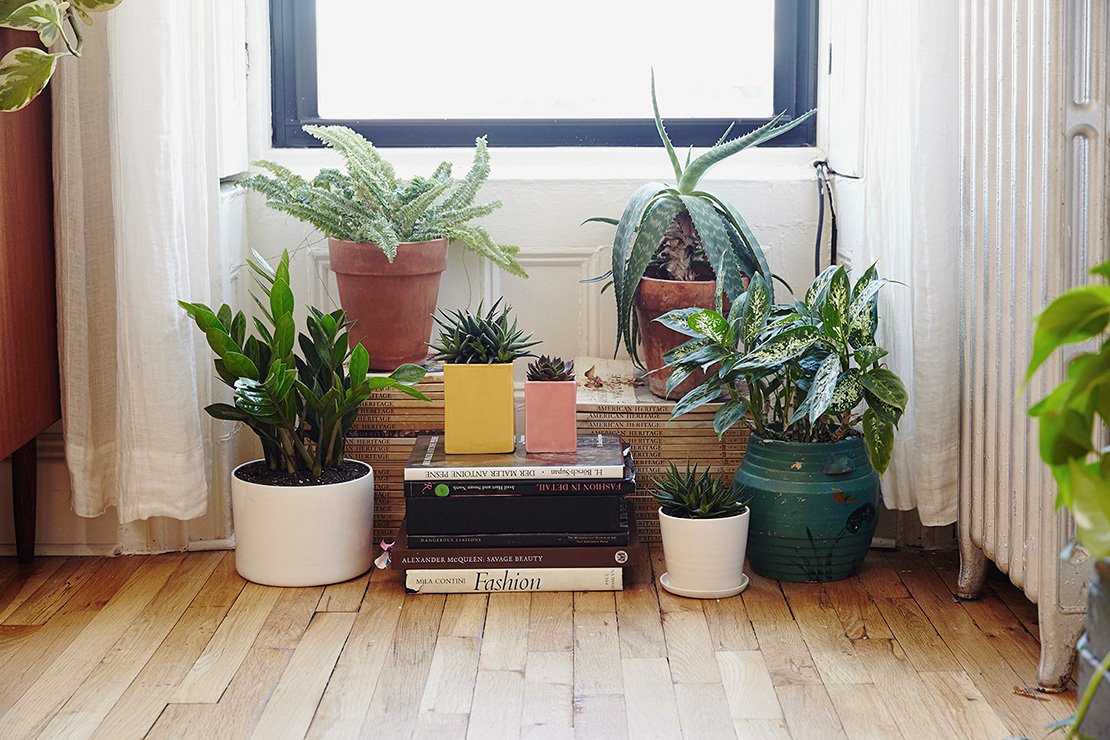There’s no better way to bring an organic edge to your home or office than a house plant or two. In addition to adding a splash of lush green to any space, there are studies to show that the presence of plants can reduce stress and boost creativity. But in order to get the most out of your houseplants, you’ll need to choose the ones that will work best in your space and have a basic understanding of how to look after them.
If you’re a totally green to the scene when it comes to houseplants and their maintenance, we’ve put together this basic guide to get you started.
Essential Supplies
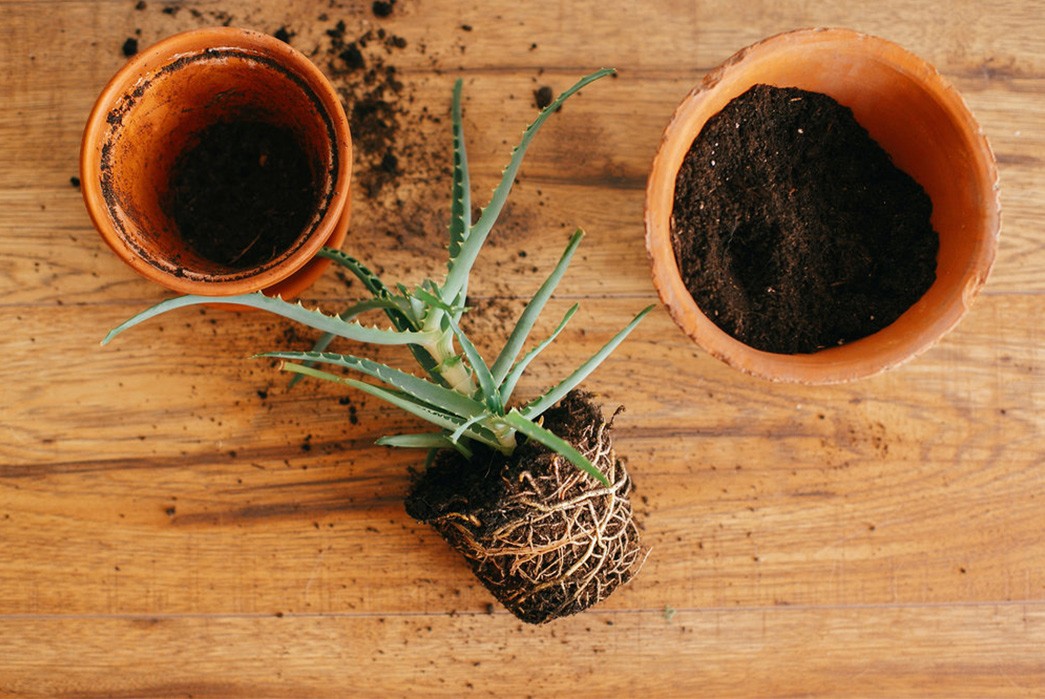
Image via Hole’s Greenhouses
- Potting Soil — Also known as potting compost, this fine-tuned mix of organic materials is the best possible matter in which to grow houseplants. Containing little-to-no actual soil, the ph-level and filtration properties of potting soil can be tweaked by manufacturers to accommodate different plants. You can purchase decent potting soil in any good homeware store.
- Pots & Saucers — Houseplants need to re-potted from time to time, and having a supply of pots will also prove useful if you wish to divide an en existing houseplant into separate pots. Saucers prevent damage to any surfaces by catching any water or loose potting soil from the base of the pot.
- Scissors/Secateurs — Some houseplants will need to be trimmed on occasion, and making a clean cut is the best way to promote healthy, even growth. A pair of small, sharp scissors will do for smaller, more delicate plants. But for larger plants with hardier stems, you may want to invest in a pair of secateurs.
- Fertilizer — Although some potting soils come laced with fertilizer, you’ll need some fertilizer to help some houseplants establish strong, healthy growth that’s resilient to disease. You can make your own fertilizer for plants from substances such as coffee and eggshell, however, it’s much easier to grab some good quality, all natural fertilizer from your local homeware store.
Choosing the Right Plants for You
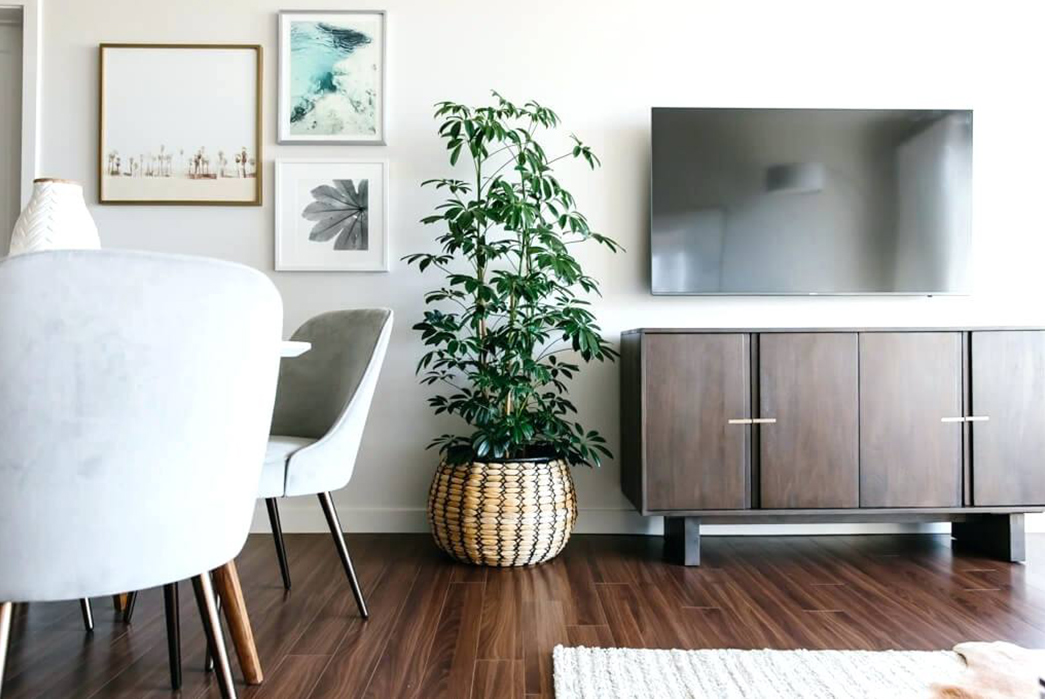
Image via Alpmedia
- Light Ingress — All houseplants need a certain level of daylight, so assessing your space and its level of light ingress is essential to growing houseplants successfully. Do some research on the levels of light needed for any houseplants you’re considering.
- Care Regime — We can’t all be like Léon, nurturing our houseplants from dusk ’til dawn with a spray bottle and cloth. And while most houseplants are pretty easy to look after, it’s important to make sure you’ll be able to give them some TLC when they need it. For example, some houseplants will require a level of maintenance to protect them from pests. Every plant is different and requires different care, so be sure to get guidance from your local plant shop or the internet.
- Pets — Some houseplants can be toxic or even deadly for cats and dogs, so be sure to consider this when choosing your houseplants. Not only that, but some plants may be susceptible to the whims of a lone pet too curious for its own good. If your cat likes to chew on certain things, you may want to consider plants that are less attractive to your furry friends.
Five beginner House Plants
Spider Plant (Chlorophytum comosum)
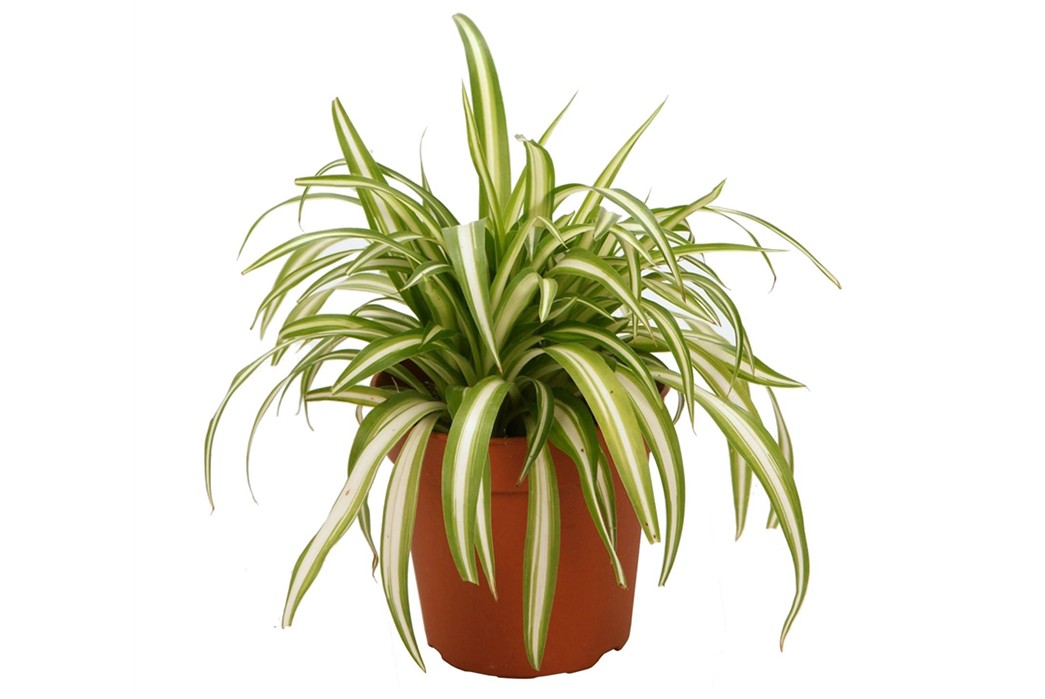
Image via Homebase
The spider plant is a highly adaptable houseplant that is super easy to grow. Once established, a spider plant will flourish into an attractive hanging display that looks great when placed on a shelf or ledge. Spider plants will excel in well-drained soil with indirect daylight exposure, meaning you don’t need to worry too much about placement. Spider plants will be happy with moderate watering enough to keep the soil damp to the touch, but can also handle a drying-out phase every so often if you take a long vacation or business trip.
Snake Plants (Sansevieria trifasciata)
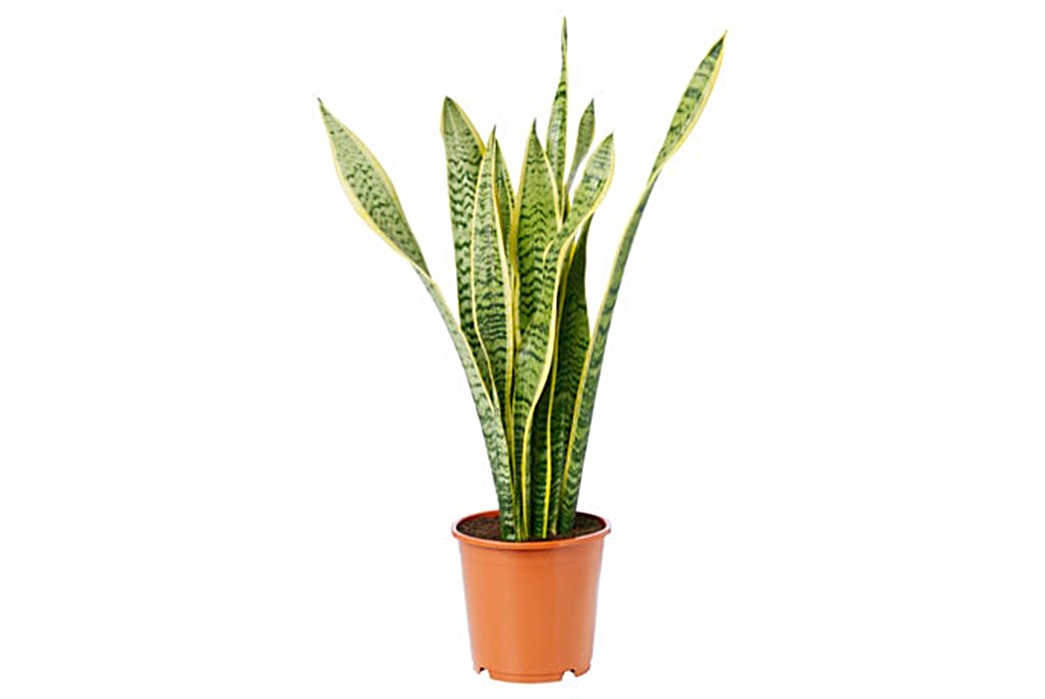
Image via Ikea
Also known as ‘Mother in Law’s Tongue’, snake plants grow long upward-reaching leaves with unique markings. The snake plant family has a number of different species with different shaped leaves and markings, but each variety is resilient and easy to care for.
Just like the spider plant, snake plants will prosper in indirect sunlight, meaning they’re easy to place in different rooms in the home. They also only require a moderate watering cycle and actually benefit from fully drying between each watering. In fact, the only thing these guys can suffer from is rot from over-exposure to water, so make sure your snake plant is planted in free draining soil to prevent this.
Cacti & Other Succulents
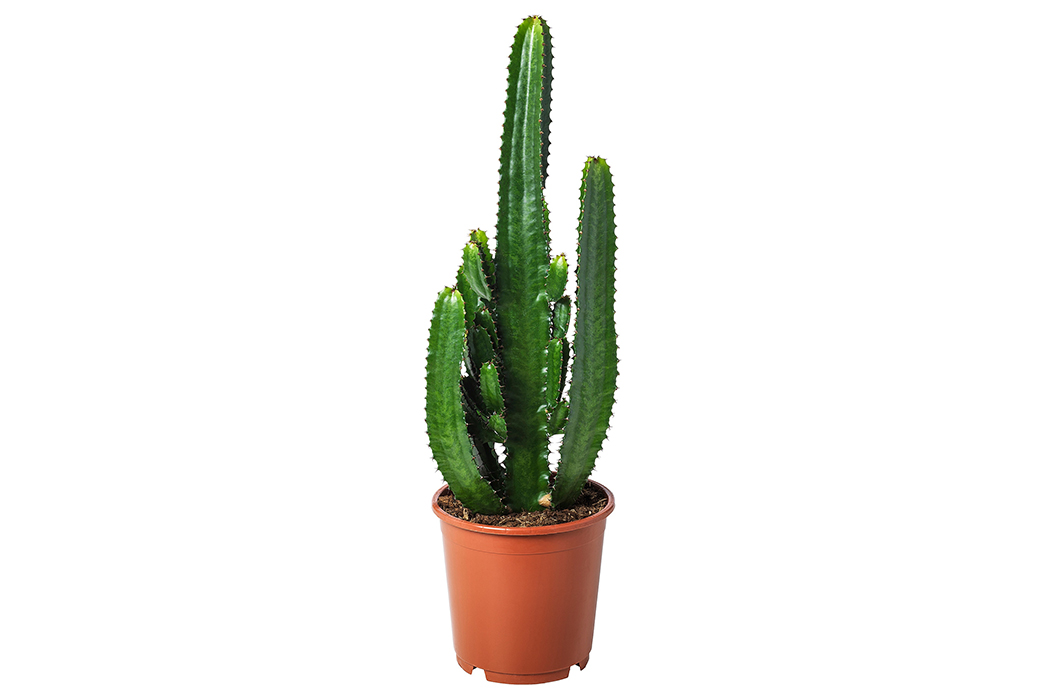
Image via Ikea
There are thousands of species of cacti and other succulent plants out there and many of them make for impressive houseplants. The term ‘succulent’ is applied because plants of this nature store juices in their fleshy leaves or bulky structures which helps them to survive in harsh conditions across the world and making them relatively easy to care for as houseplants.
While most cacti and succulents are easy to grow, watering cycles and light-exposure needs may vary from species to species, so be sure to understand the plant’s requirements before you place one in your home. Aloe is an example of a popular succulent with a simple care routine only requiring dry soil, infrequent watering, and lots of sunlight.
Rubber Plant (Ficus elastica)
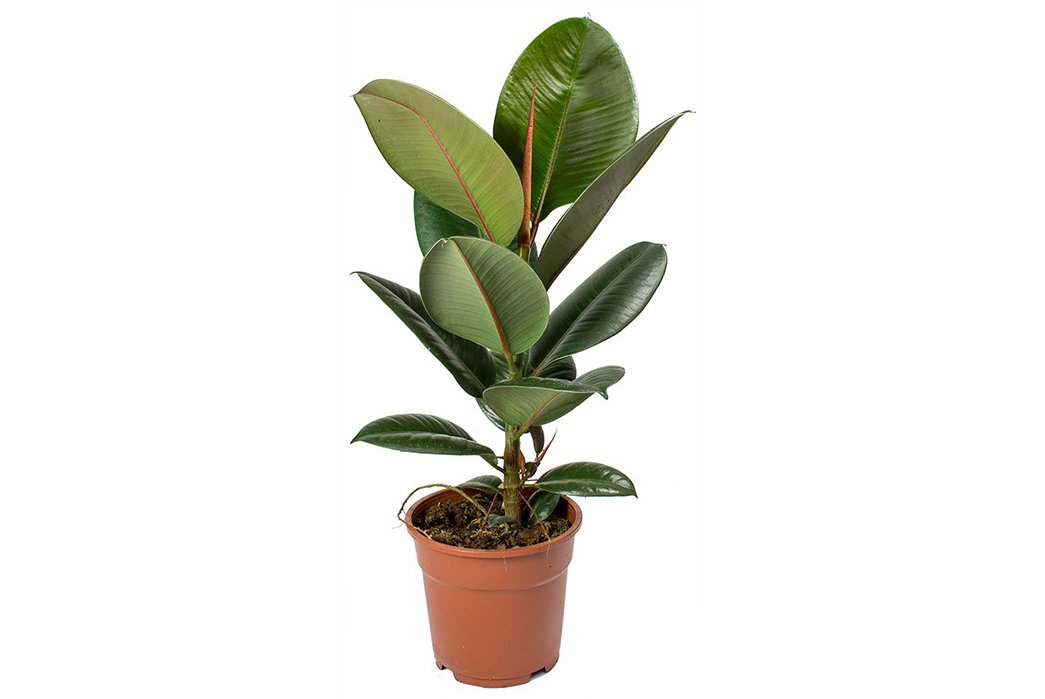
Image via Hortology
With large, glossy leaves and the potential to grow to impressive heights, a rubber plant can be a really nice addition to your home. Needing a little bit more attention that the aforementioned plants, rubber plants require a high level of indirect sunlight and must be kept moist.
Fertilize your rubber plant once or twice in the spring/summer and keep its soil damp to the touch by watering once a week during these warmer months. You can roughly halve the watering of rubber plants in the winter. However, you’ll need to mist the leaves with a spray bottle if you’ve got the heater on as this can dry out the leaves and damage them.
Areca Palm
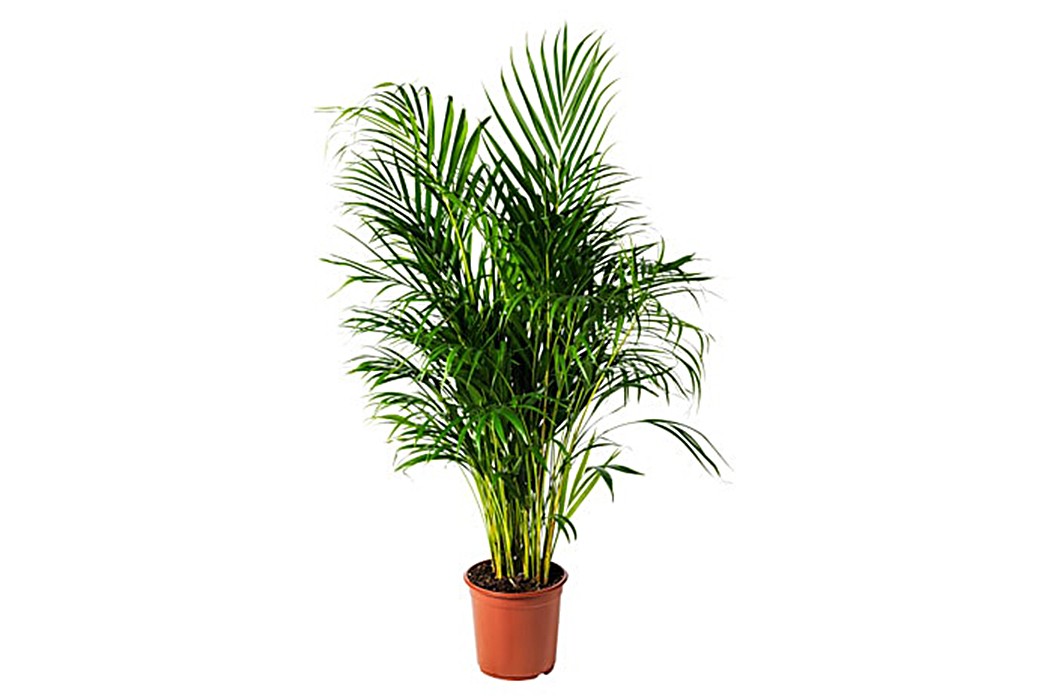
Image via Ikea
Palms from the Arecaceae family make for bold houseplants that can mature to a commanding height and complement any interior. The key to a successful areca palm is providing the right amount of light exposure and not over-watering. Bright, indirect light from a south- or west-facing window should give an areca palm the light levels it needs. Watering should be regular in warmer months, and less so in the winter.

